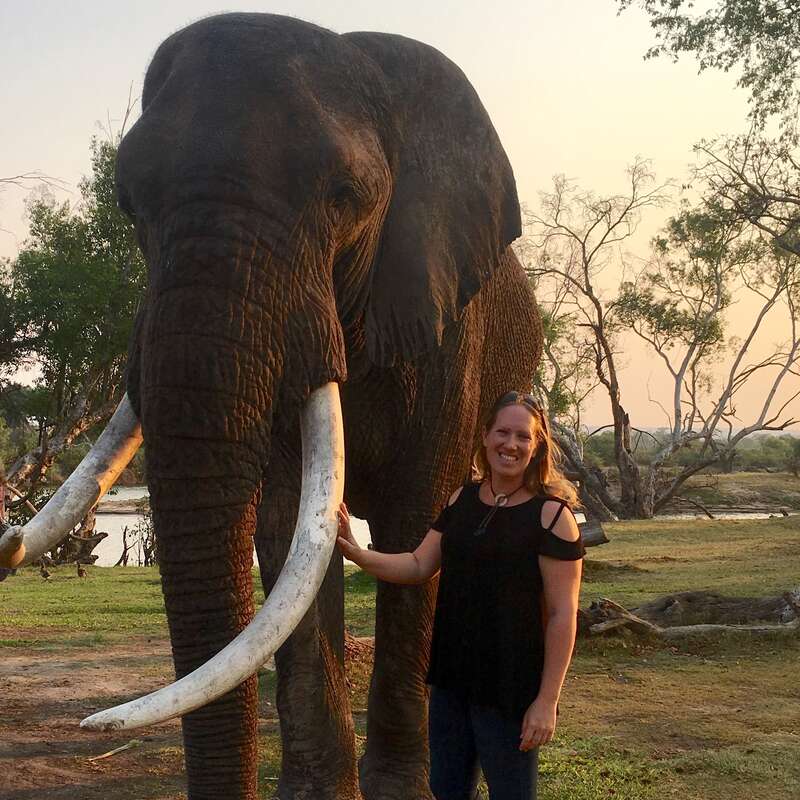About Ntemwa Busanga Camp
Located in the north of Zambia’s Kafue National Park, Ntemwa Busanga Camp is a simple, seasonal bushcamp ...
... located at the southern end of the Busanga Plains.
Ntemwa Busanga Camp is one of the most affordable camps in the Busanga Plains area of the Kafue, and although simple, this adds to the camp’s basic charm. Being isolated in the largest national park in Zambia, this is one of the best ways to camp out comfortably and explore a true wilderness area.
Our view
Ntemwa Busanga Camp is one of the most affordable camps in the Busanga Plains area of the Kafue, and although simple, this adds to the camp’s basic charm. Being isolated in the largest national park in Zambia, this is one of the best ways to camp out comfortably and explore a true wilderness area.
Accommodation
5 chalets
Children
Best for 16+
Open
1 Jun to 15 Nov.
Activities

4WD Safari

Birdwatching

Night drive
Traveller reviews of Ntemwa Busanga Camp
12 real, un-edited reviews from Expert Africa's travellers.
Arrived 24 Oct 2023, 3 nights
"Ntemwa Busanga Camp review"
Overall rating: Excellent
Arrived 21 Sep 2022, 3 nights
"Ntemwa Busanga Camp review"
Overall rating: Good
Arrived 1 Jul 2022, 2 nights
"Lovely isolated camp on the edge of the plai"
Overall rating: Excellent
Arrived 28 Oct 2021, 3 nights
"Ntemwa Busanga Camp review"
Overall rating: Excellent
Arrived 2 Jul 2021, 6 nights
"Ntemwa Busanga Camp review"
Overall rating: Excellent
Arrived 14 Oct 2019, 3 nights
"Ntemwa Busanga Camp - Great Safari"
Overall rating: Excellent
Arrived 21 Jul 2019, 2 nights
"Great location at the edge of the plains"
Overall rating: Excellent
Arrived 19 Jul 2019, 2 nights
"Remote gem in Kafue"
Overall rating: Excellent
Arrived 6 Oct 2018, 3 nights
"Wonderful bush camp, in a great spot"
Overall rating: Excellent
Arrived 13 Aug 2018, 3 nights
"My favorite camp in Busanga Plain"
Overall rating: Excellent
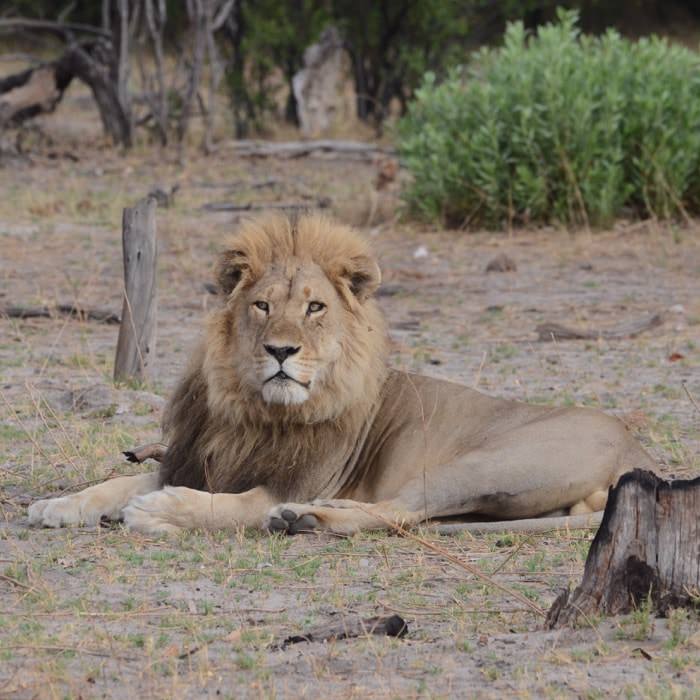
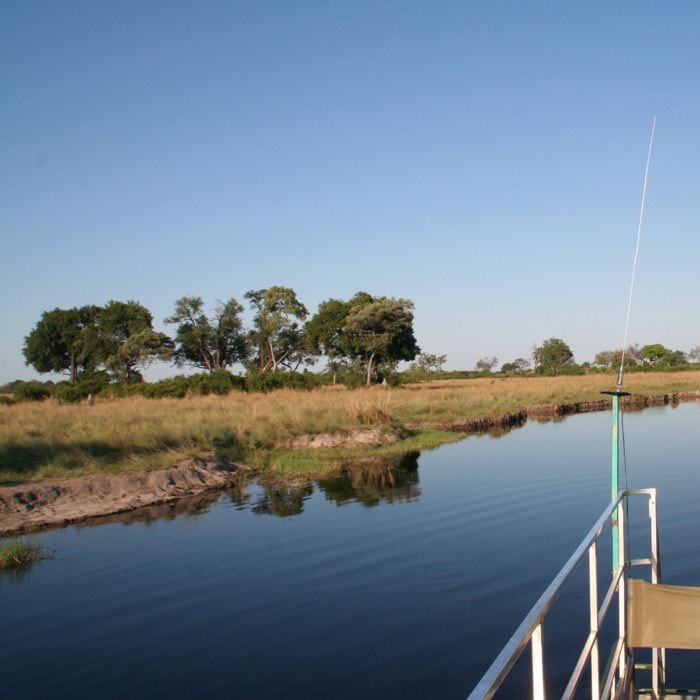
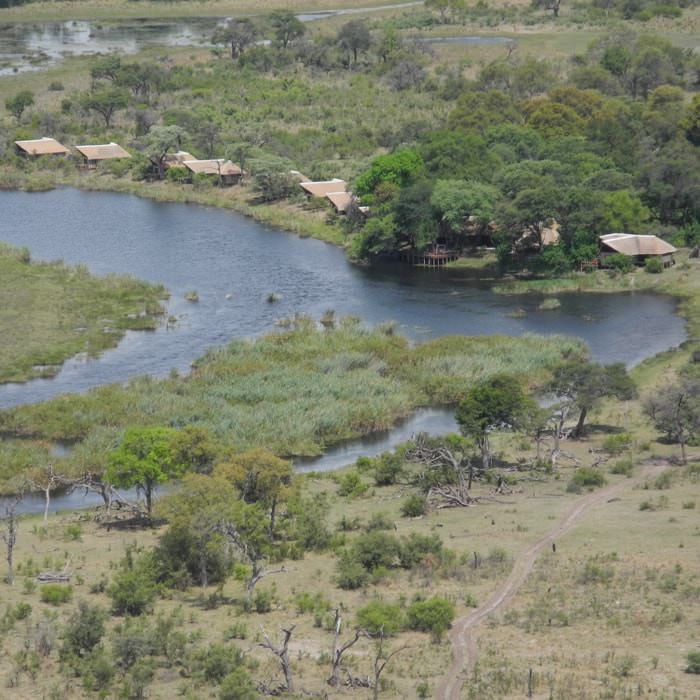
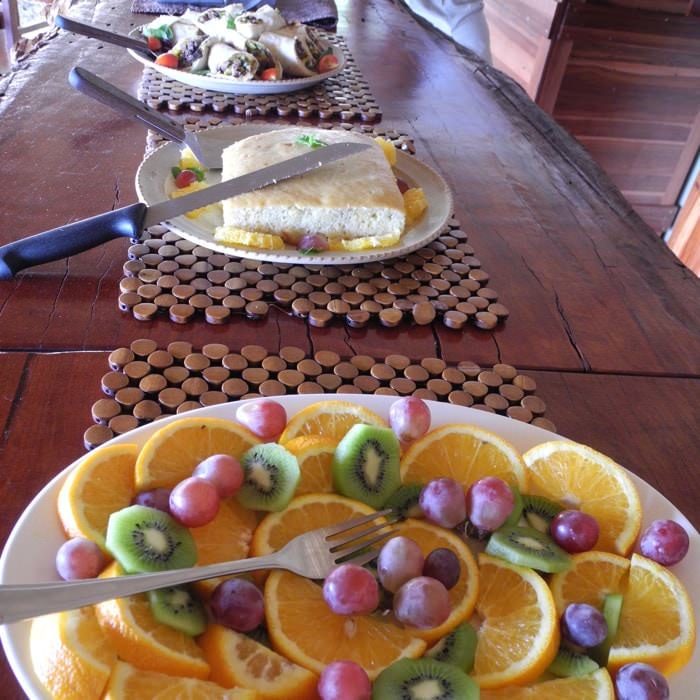
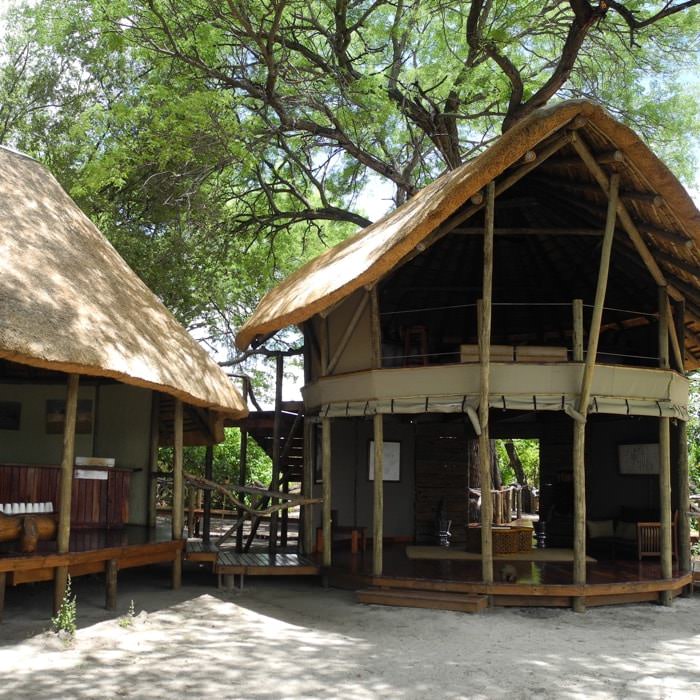
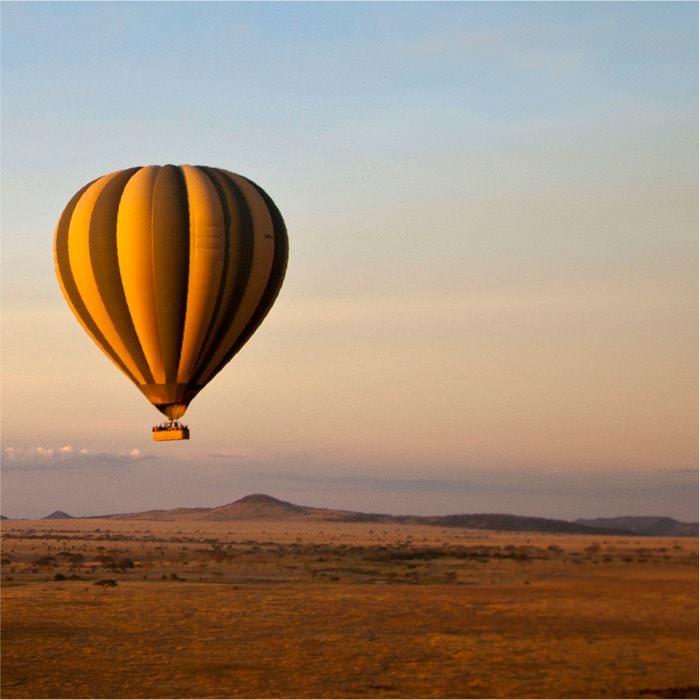
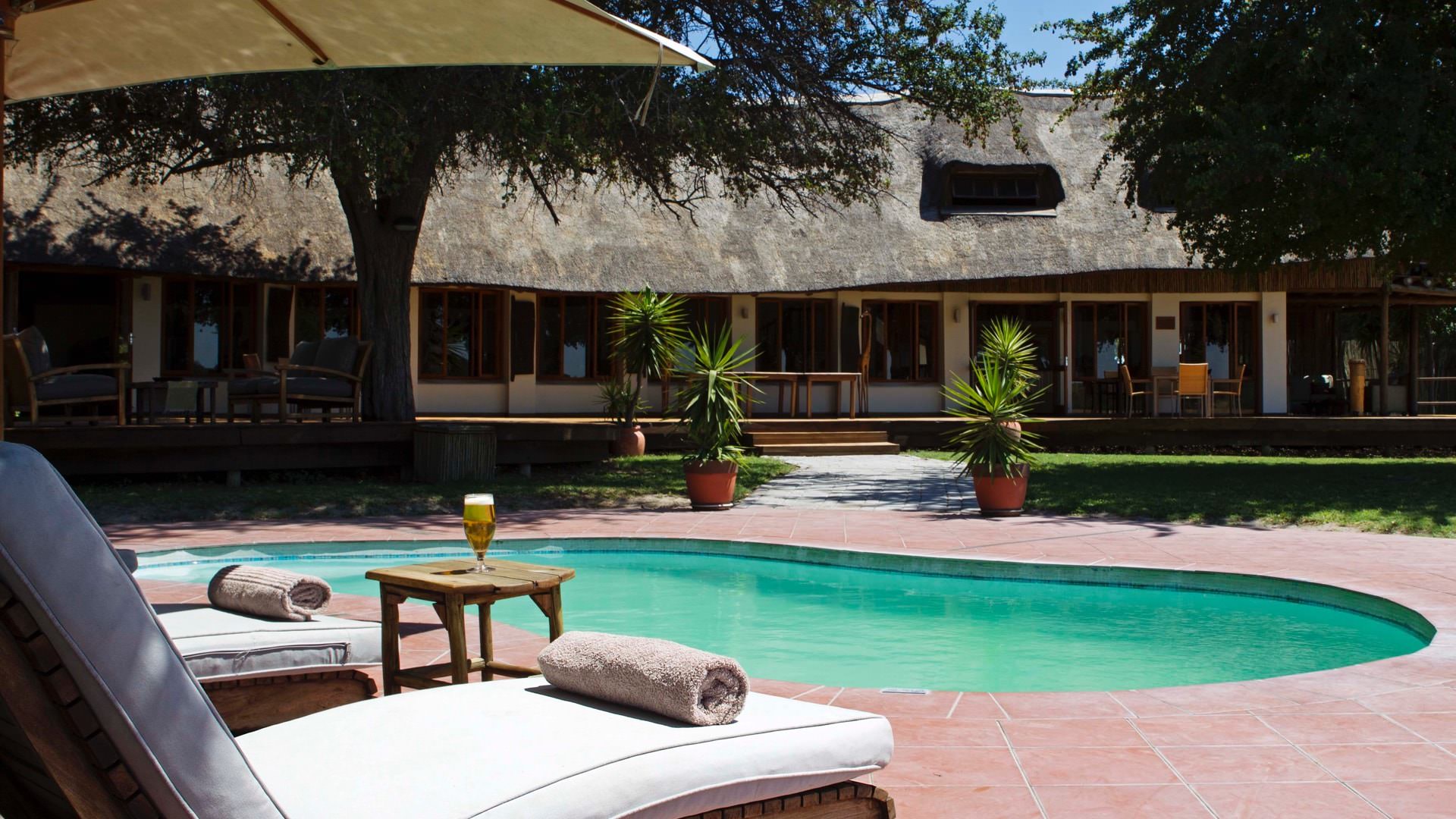
Expert Africa's gallery
When we travel we take lots of photos ourselves to give you a real and un-edited view of the safaris. See our 44 pictures of Ntemwa Busanga Camp to get the candid view.
View gallerySafaris visiting Ntemwa Busanga Camp
Just ideas, we'll always tailor-make a trip for you
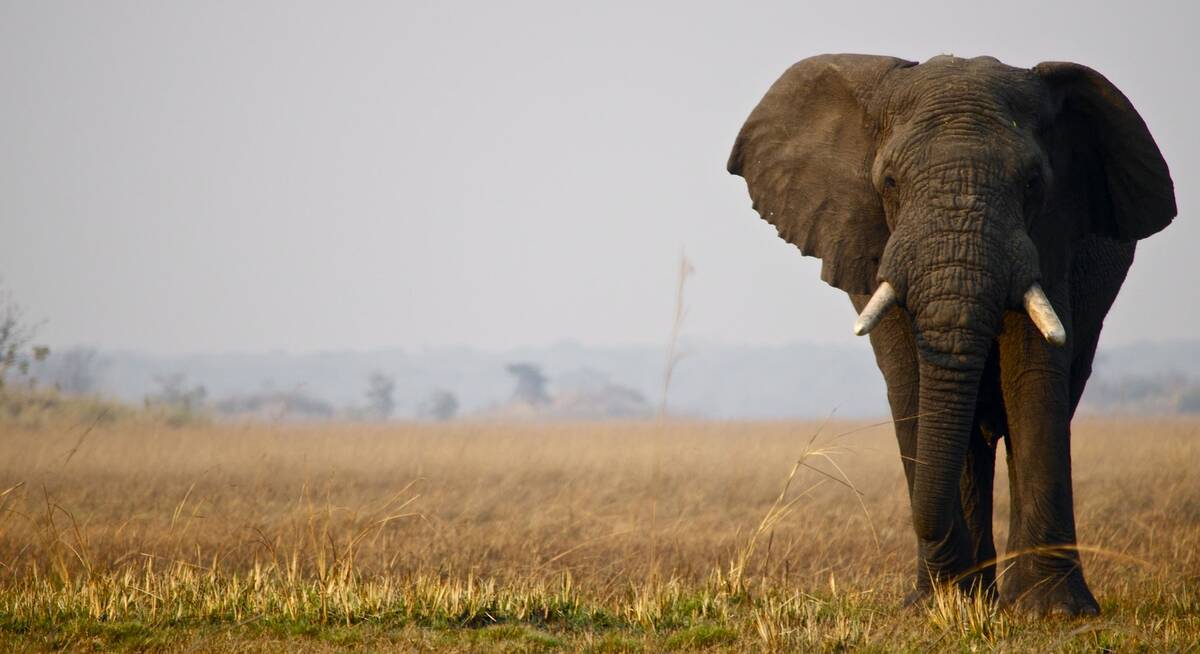
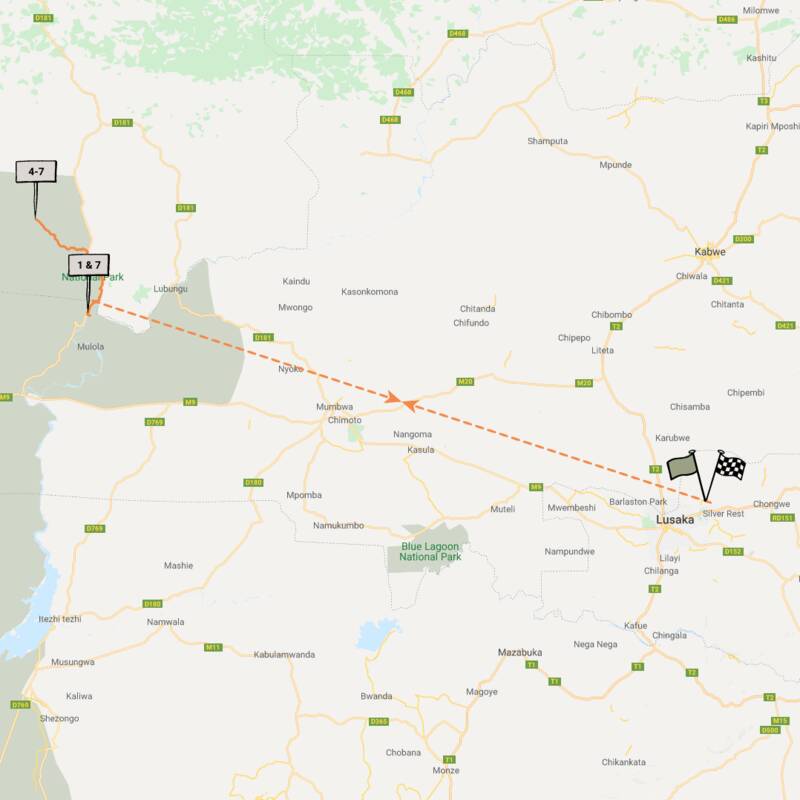
Purple Roller Safari
8 days • 2 locations • 1 country
LUSAKA AIRPORT TO LUSAKA AIRPORT
Explore the varied habitats and terrain of Kafue National Park with stays in two wonderfully remote bushcamps: sister camps that offer access to both the centre of the park and the wildlife-rich Busanga Plains.
Visiting Kafue
US$9,320 - US$9,320 per person
Ntemwa Busanga Camp: Our full report
Located in the north of Zambia’s Kafue National Park, Ntemwa Busanga Camp is a simple, seasonal bushcamp ...
... located at the southern end of the Busanga Plains.
This small and incredibly personal camp is open seasonally between June and November, with guests often using Ntemwa's sister camp Musekese to start and end the trip. Although rustic, the camp is comfortable and has a professional team on hand to look after you.
Ntemwa is simple, with five reed and thatch chaletss, taking a maximum of eight guests. Each chalet has either twin or double beds, and a small luggage shelf and hanging rail. A bedside table holds a solar lamp, reusable water bottles, whistle and mosquito spray.
To the back of each chalet you’ll find an open-air en suite, sheltered by the trees, with a flushing toilet and with a bucket shower which staff will fill with hot water on request. Large jugs of water are provided next to a basin for washing, and hot water will be brought each morning along with your wake-up call.
The main area is built tree-house style, a large tented-platform raised on stilts under a magnificent sycamore fig tree. Two sets of stairs lead up – there’s no handrail here so you need to watch your step – to an open-sided area with comfortable leather sofas with colourful cushions, and a small wooden bar. There’s also a tea and coffee station and a water dispenser to fill your water bottles, with a charging station nearby. A dining table is in the centre, though meals are often eaten down next to the edge of the plains, under the stars. A smaller sitting area a short walk from the main area doubles up as a bird hide too, and a welcome shade from the midday heat during your siesta.
The activities up here mainly focus on driving, with day and night drives available, in order to get the most out of the Busanga Plains, the best spot in Zambia for spotting cheetah, and antelope species such as roan and sable. However, walks are also possible in the woodland areas to the south of the plains, a haven for birdlife, with advance notice. Both the camp owners, Phil or Tyrone, plus the camp’s guides, have many years experience guiding in the park, and a clear passion for the area.
Activities
4WD Safari
Birdwatching
Night drive
Families & children
- Attitude towards children
- Ntemwa Busanga Camp is very basic, and in an incredibly isolated area of the park. It's best suited for older children only.
- Property’s age restrictions
- Children under the age of 14 are not permitted.
- Special activities & services
- No specific activities are provided for children.
- Equipment
- None.
- Generally recommended for children
- Given that Ntemwa Busanga is remote, and a more basic bushcamp, it’s suited much more to adults.
- Notes
- Wild animals wander through the camp, which is unfenced. Children are the responsibility of their parents or guardians and should be under supervision at all times. Parents should also note that this area has a higher concentration of tsetse flies than other parks in Zambia, as children often have a stronger reaction to the bites.
Food & drink
- Usual board basis
- Full Board & Activities
- Food quality
- The kitchen at Ntemwa Busanga works from the same rotating meal schedule as Musekese, so if guests are staying across the two properties they shouldn’t have the same meal twice – and on our last visit we very much enjoyed the meals. The camp’s kitchen is able to cater to a range of dietary requirements, though they do ask that these are requested in advance.
Breakfast is served early, before the morning activitiy, and is a buffet of fruit, cereals and yoghurt, with hot options (porridge, or eggs) on request.
We weren’t able to stay for lunch on our last trip, but the camp serves a buffet lunch, usually with a meat or fish course and a vegetarian option, along with fresh salads, home-made pickles and chutneys, and freshly baked bread.
We were served a light spiced loaf cake for afternoon tea at 3.30pm, before the afternoon drive. Then, on our return from the night drive, dinner was served and we enjoyed a delicious pulled pork aranchini to start, followed by steak (cooked to order) in an onion sauce, served with macaroni cheese and fresh vegetables.
Dessert was a light chocolate sponge, with tea and coffee to follow. - Dining style
- Group Meals
- Dining locations
- Indoor and Outdoor Dining
- Drinks included
- Filtered water from the camp’s borehole is provided, though bottled water is available if guests wish. Soft drinks and local alcoholic beverages are included.
Our travellers’ wildlife sightings from Ntemwa Busanga Camp
Since mid-2018, many of our travellers who stayed at Ntemwa Busanga Camp have kindly recorded their wildlife sightings and shared them with us. The results are below. Click an animal to see more, and here to see more on our methodology.

100% success

100% success

100% success

100% success

86% success

86% success

71% success

67% success

17% success

17% success

17% success

0% success

0% success

0% success

0% success

0% success
Getting there
- Location
- Kafue National Park, Zambia
- Ideal length of stay
- We'd suggest a stay of two to three nights at Ntemwa Busanga Camp, which combines well with staying a few nights at Musekese Camp at the start and end of your visit here.
- Directions
- Ntemwa Busanga Camp can be accessed either by road from its sister camp, Musekese (approximately a three hour drive), or by light aircraft flight to Busanga Airstrip, around a 45 minute drive from camp. Generally, travellers will fly from Lusaka to Busanga, approximately a 1 hour 30 flight, though it's also possible to fly from the Lower Zambezi, Livingstone or Mfuwe. If flight schedules allow, you can also fly between Lufupa Airstrip (close to Musekse Camp) and Busanga.
- Accessible by
- Fly-and-Transfer
Special interests
- Birdwatching safaris
- Zambia’s Kafue National Park is home to nearly 500 different bird species, and so a trip here is perfect for those wishing to partake in some serious bird-watching. The critically endangered wattled cranes are a highlight.
- See ideas for Birdwatching safaris in Zambia
Sustainability
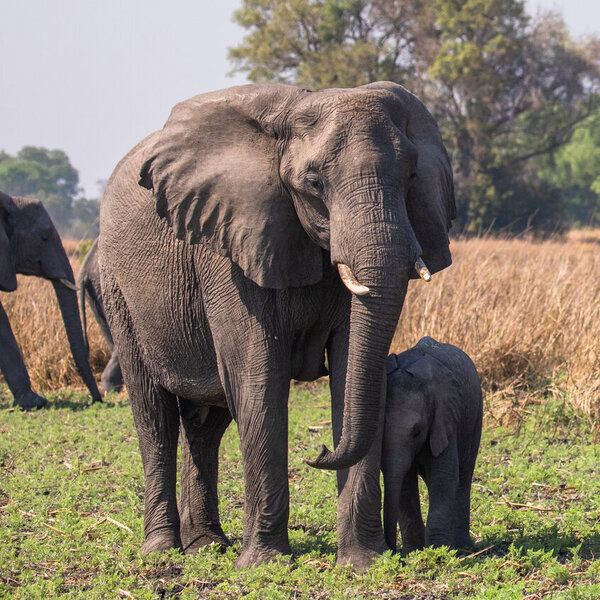
Conservation in the northern Kafue National Park
Established in 2017 by the owners of Musekese and Ntemwa-Busanga camps, Musekese Conservation (MC) has a responsibility to protect a 2,700km² area of the northern Kafue National Park. Working with both the Zambian Department of National Parks and Wildlife and other like-minded organisations, their impact is already significant, with a notable reduction in illegal activities and a commensurate increase in wildlife populations.
Rates at Ntemwa-Busanga Camp, as at Musekese Camp, include a contribution to Musekese Conservation of US$40 per night, so this vital work is supported by every guest.
See more great sustainability projects in Zambia
Communications
- Power supply notes
- Ntemwa Busanga has a back-up generator on site in case of power shortages.
- Communications
- Whilst at Ntemwa you should consider yourself out of contact. There is no WiFi or phone signal. The camp is in constant radio contact with its sister camp Musekese, for general communication as well as in case of an emergency.
- TV & radio
- No
- Water supply
- Borehole
- Water supply notes
- Water is obtained from the camp’s borehole. Tents all have individual en-suite bathrooms, with plumbed flush toilets. Jugs of hot water are brought each morning, and bucket showers are filled with hot water on request.
Health & safety
- Malarial protection recommended
- Yes
- Medical care
- The guides at Musekese at Ntemwa Busanga are first aid trained, and senior management are trained in advanced first aid. There is a trauma kit in camp for serious injuries, and a basic first aid for minor. First aid kits are taken out on activities. The camp has medevac cover to Lusaka and Johannesburg, and would use Lufupa Airstrip as its evacuation point.
- Dangerous animals
- High Risk
- Security measures
- An armed scout stays in camp, and camp staff escort guests to and from rooms at night.
- Fire safety
- Ntemwa Busanga Camp has a fire break around the camp, they also have fire beaters and water bags. Staff members have attended fire fighting training and every tent and vehicle has an extinguisher, as do the kitchen and main area.
Useful info
- Disabled access
- Not Possible
- Laundry facilities
- A laundry service is included in the cost and clothes are hand washed and line dried. The camp are happy to wash all items, but washing powder is available if there is anything you would rather do yourself.
- Money
- There is a central safe at Ntemwa which guests are welcome to use. Just discuss this with your guide when you arrive. There is no currency exchange here as the camp does not carry much in the way of cash.
- Accepted payment on location
- There are no additional extras at Ntemwa so you won’t need money for anything other than optional gratuities.
Plan and book your trip with Expert Africa
All of our trips are tailor-made, so we'll always adapt them to suit you. Talk to an Expert and let us plan and arrange your perfect trip.

Talk to an Expert
Call or email us now! We’ll match you with the Specialist in our team who is best suited to help you. Then together we can start planning your trip.

Set up your itinerary
Based on our experience and your ideas, your specialist will create a detailed, costed itinerary. We’ll refine it together, until we have a trip that you’re perfectly happy with.

Prepare for your trip
The same Specialist will make the seamless arrangements for your trip, send you detailed travel documents, and be available to answer any questions before you depart.

Travel with peace of mind
After you set off, you’ll be cared for by our partners in Africa, most of whom have worked with Expert Africa for decades. And if you ever need us urgently, we’re available 24/7.

When you return
We love to learn about your trip, and so will always be grateful if you’ve the time to give feedback to your Specialist when you return.
Ntemwa Busanga Camp's location
Look closer at the environment and surroundings of Ntemwa Busanga Camp.
Other lodges in Kafue National Park
Alternative places to stay in this same area.
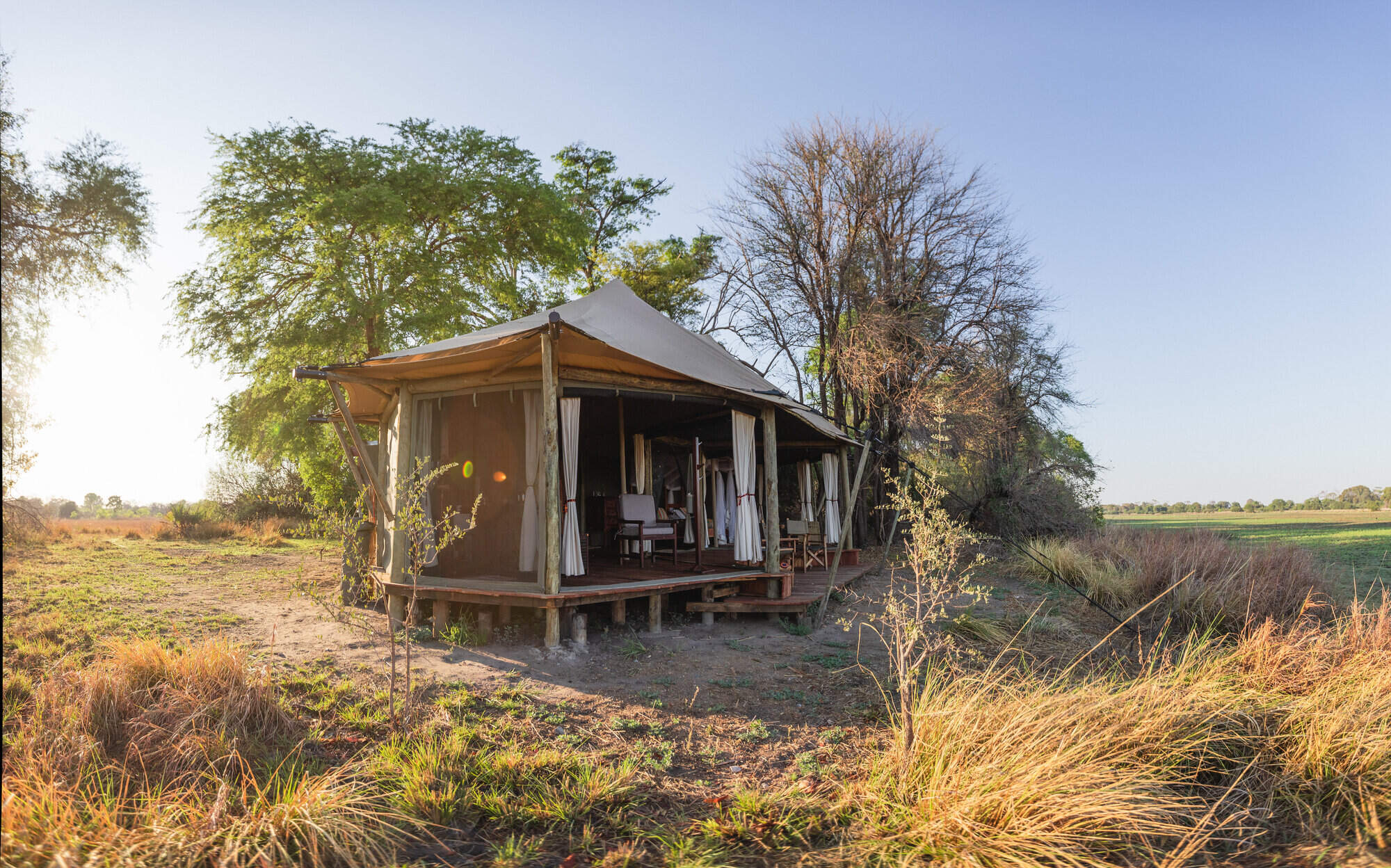
Musekese Camp
Musekese is a small owner-run tented camp, offering great guiding and a high degree of personal service in a stunning wilderness area, with modest game.
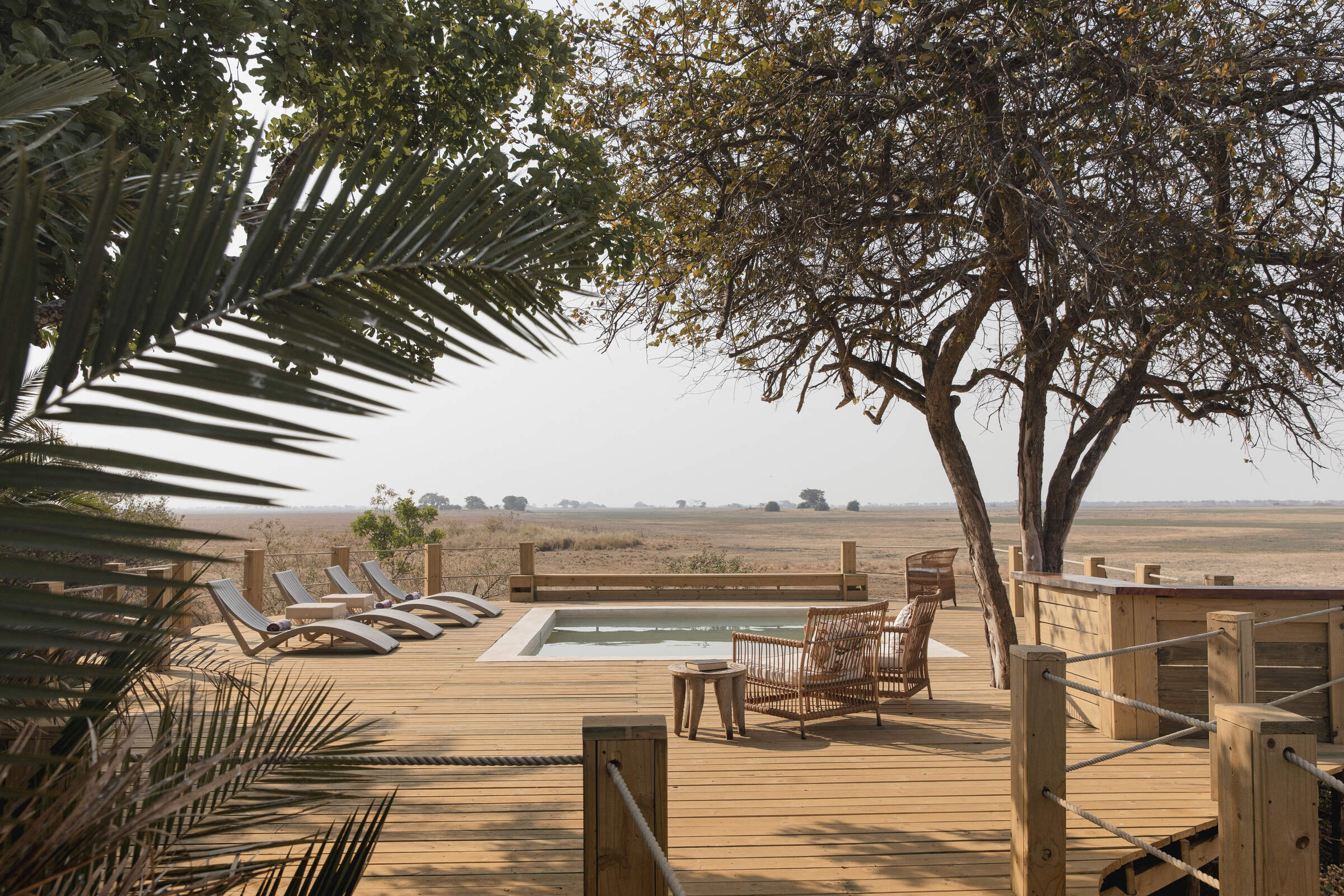
Busanga Bushcamp
Busanga Bushcamp is a small but comfortable tented bushcamp (max 8 guests) which makes a great base for a wildlife safari to the Busanga Plains.
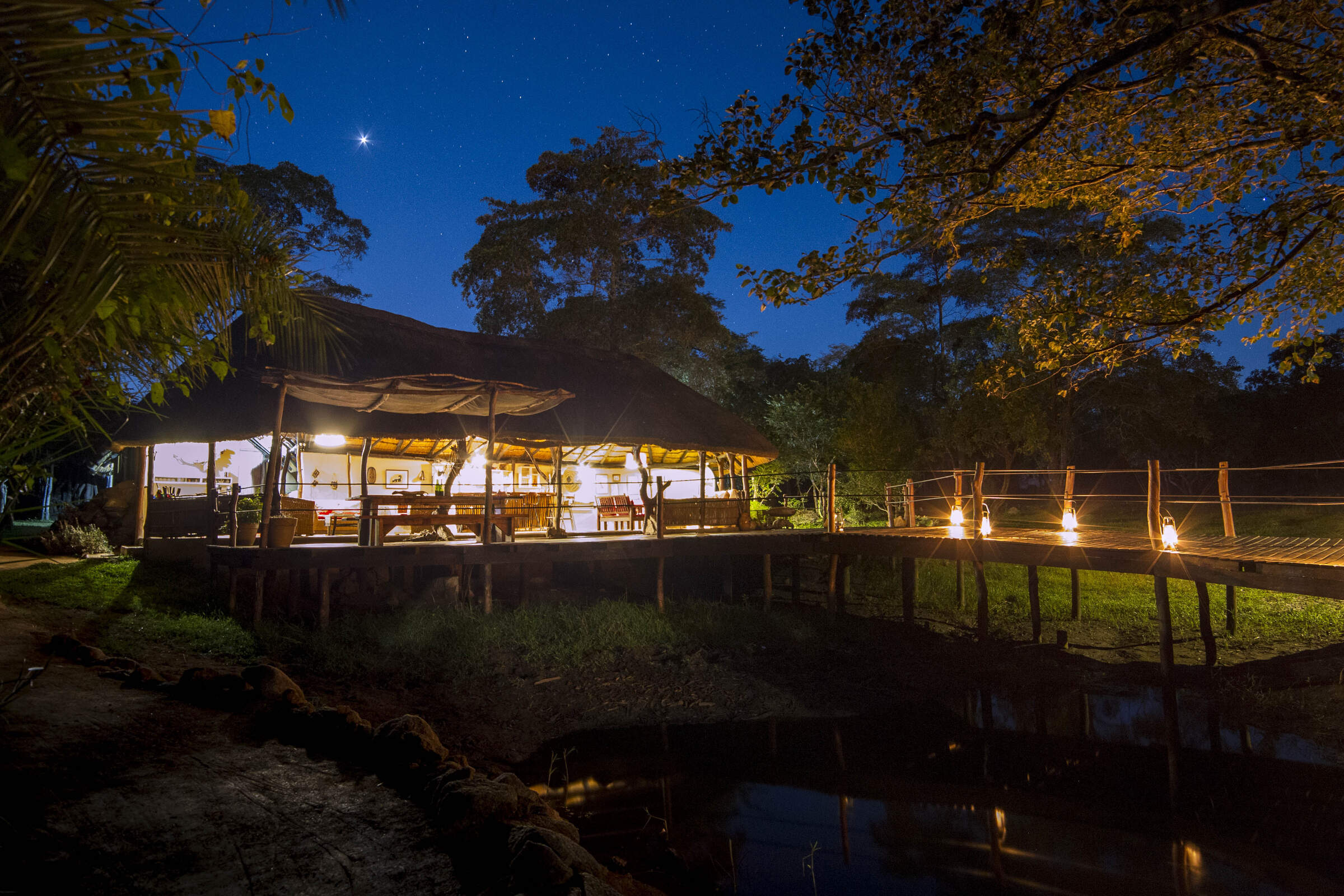
KaingU Lodge
KaingU Lodge, in the centre of the southern part of Zambia's vast Kafue National Park, is in a great location for exploring this section of the Kafue River
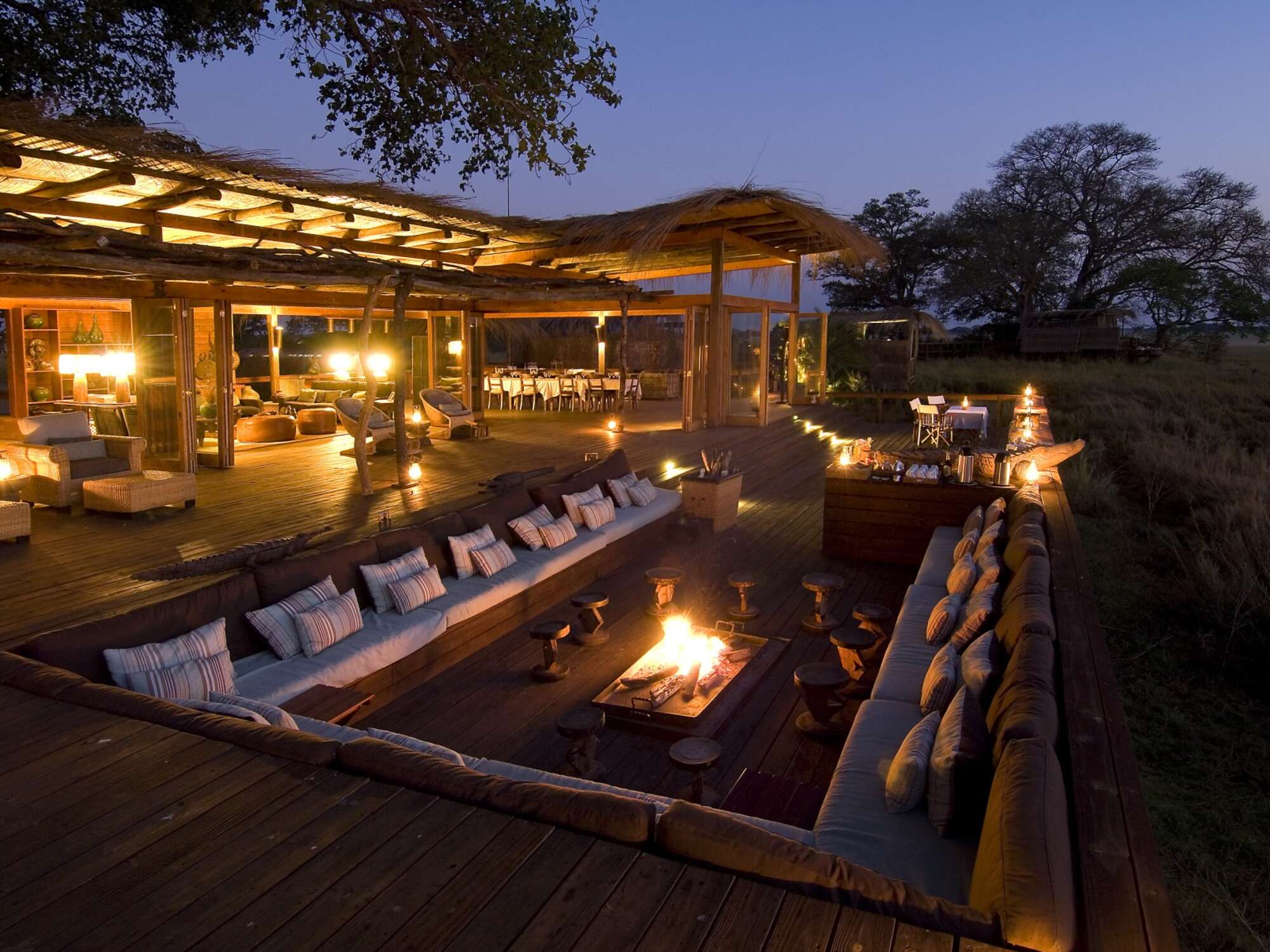
Shumba Camp
Shumba is a high-spec camp built on a tree island in the magical Busanga Plains. It opens in May, when the birdlife is particularly amazing; as the dry season progresses, the game can become remarkable.
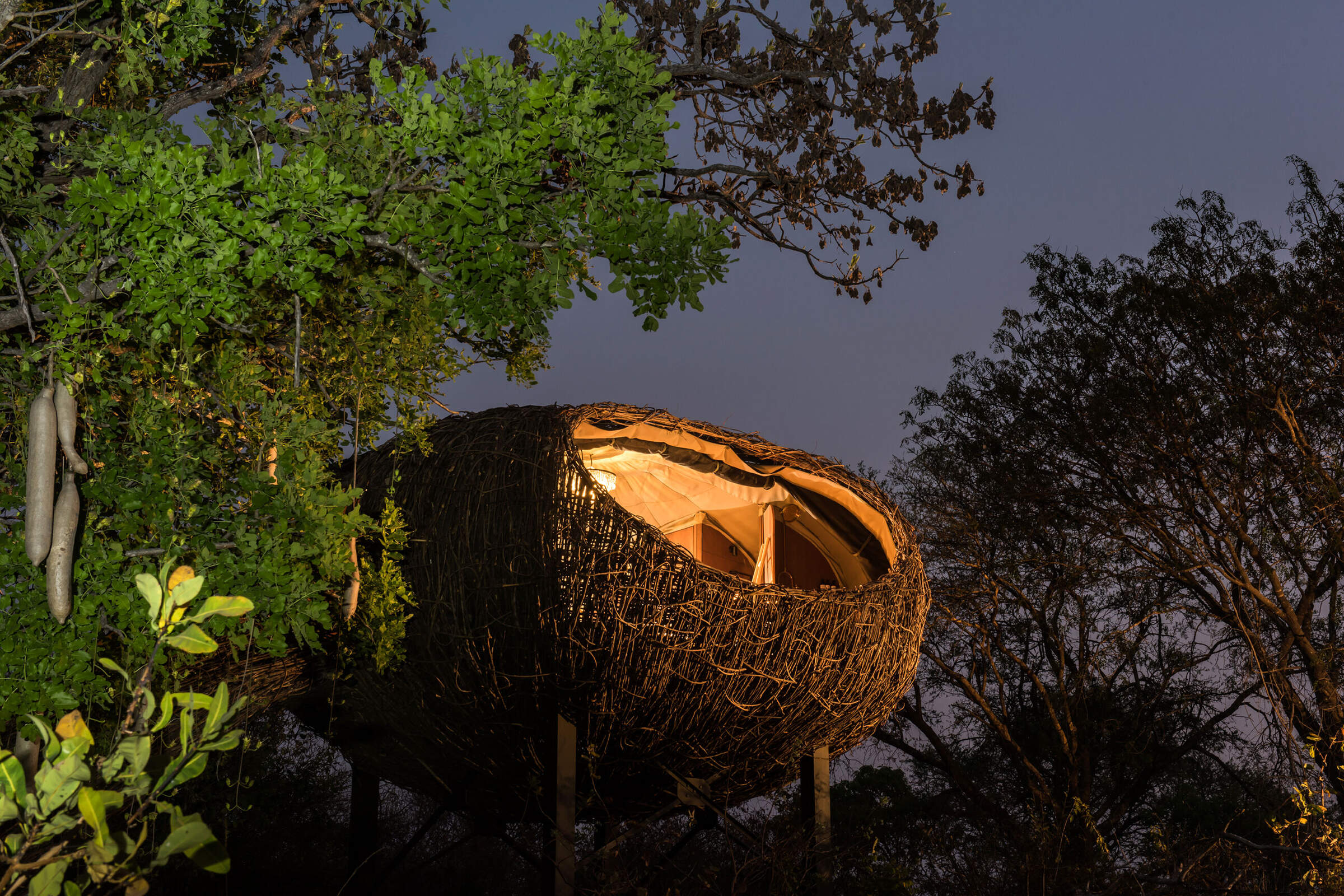
Chisa Busanga
Opened in mid 2021, Chisa Busanga Camp is a beautifully designed, small, intimate and rustic camp.
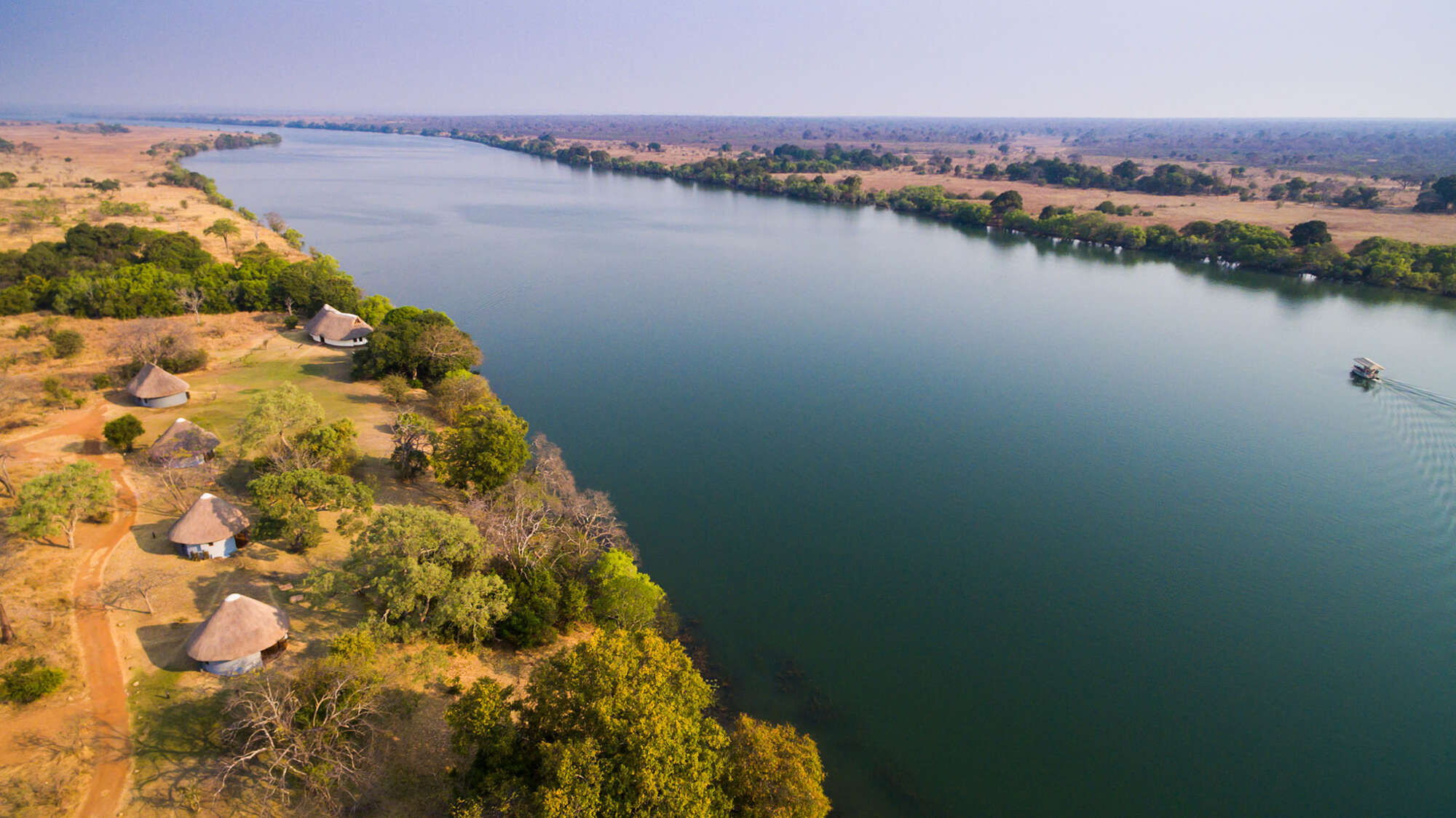
Mukambi Safari Lodge
Mukambi Safari Lodge is a solidly built, comfortable property just off the main road from Lusaka, making it one of the most convenient camps in Kafue.
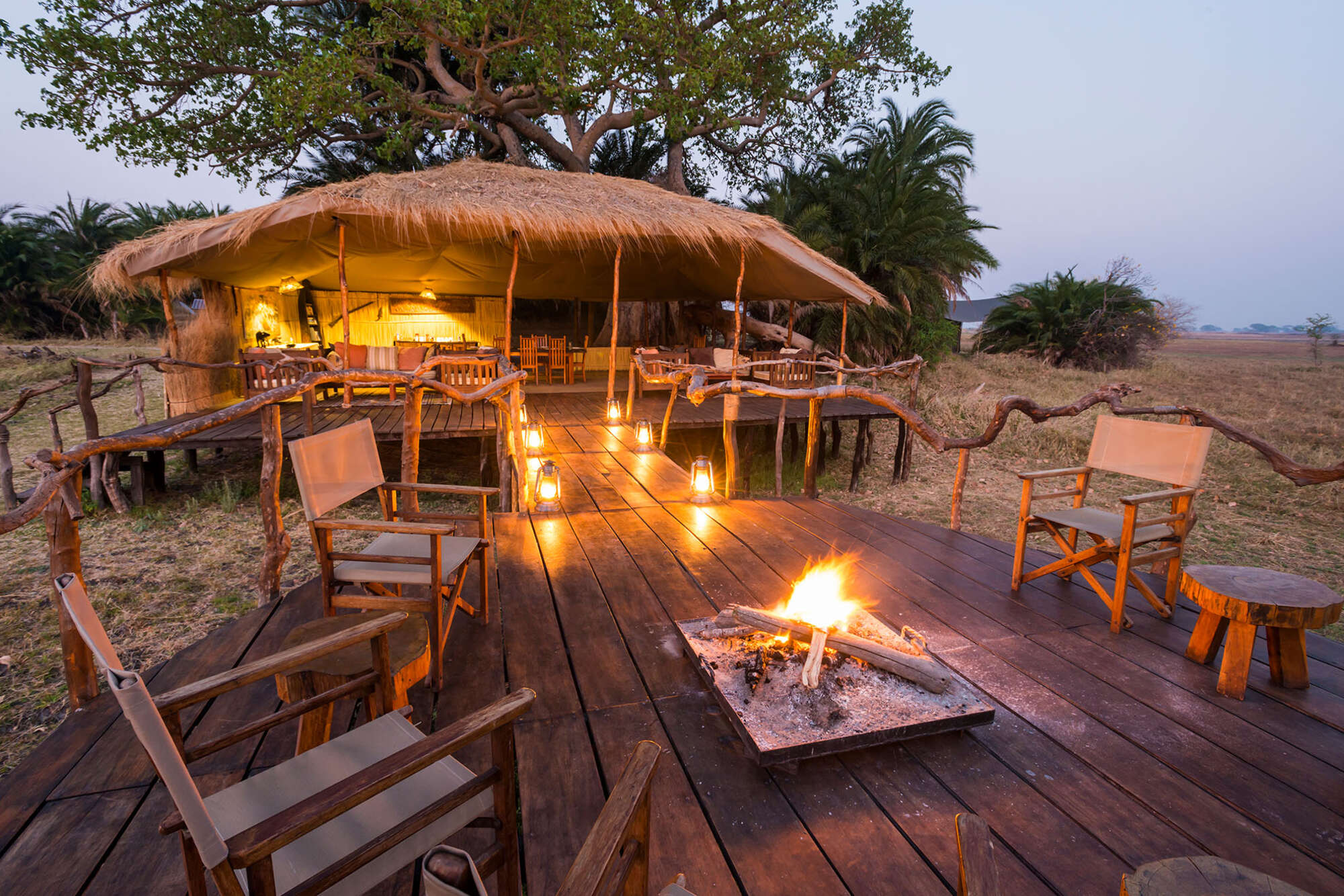
Mukambi Plains Camp
Mukambi Plains Camp is a rustic, tented property located in the middle of the vast Busanga Plains in Kafue National Park.
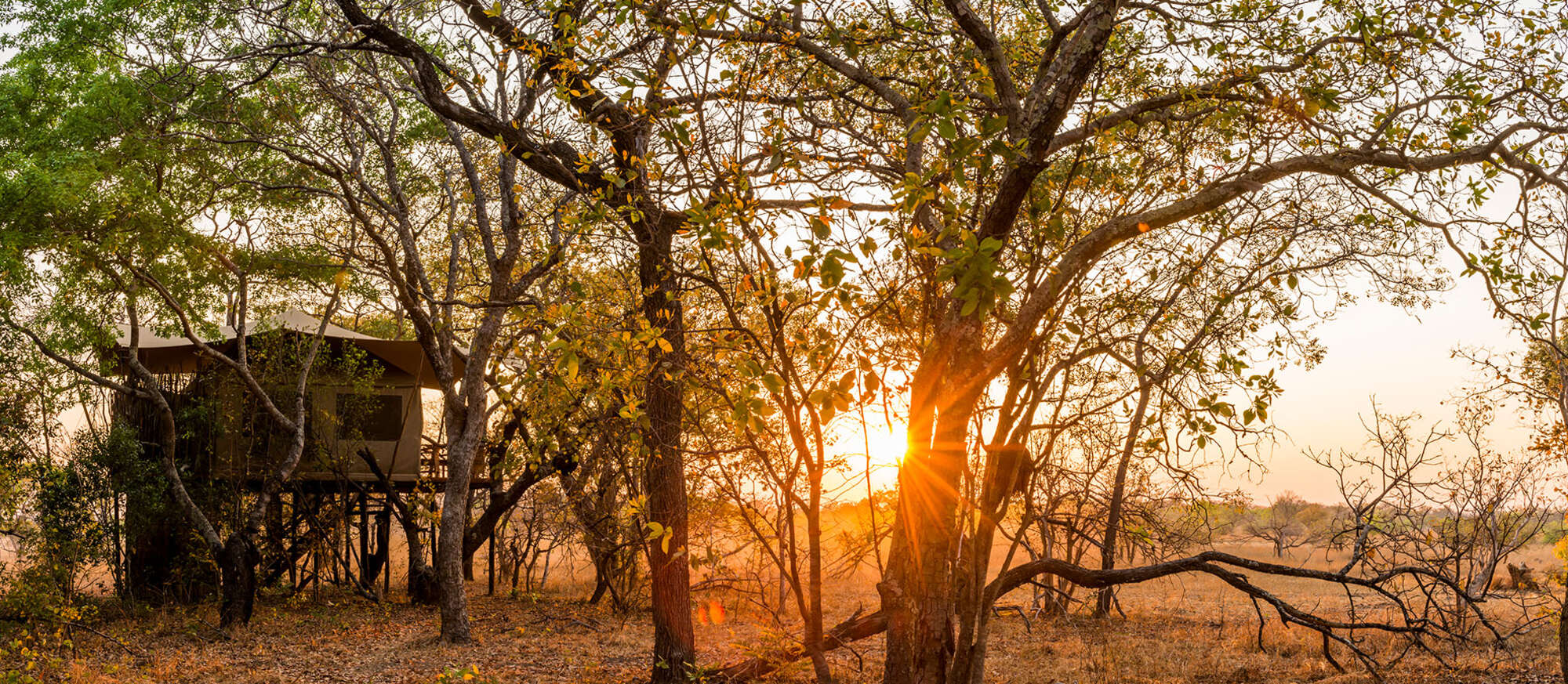
Fig Tree Camp
Fig Tree camp is in the centre of Kafue National Park, and in addition to having a stunning location is well placed to start or end your trip in the park.
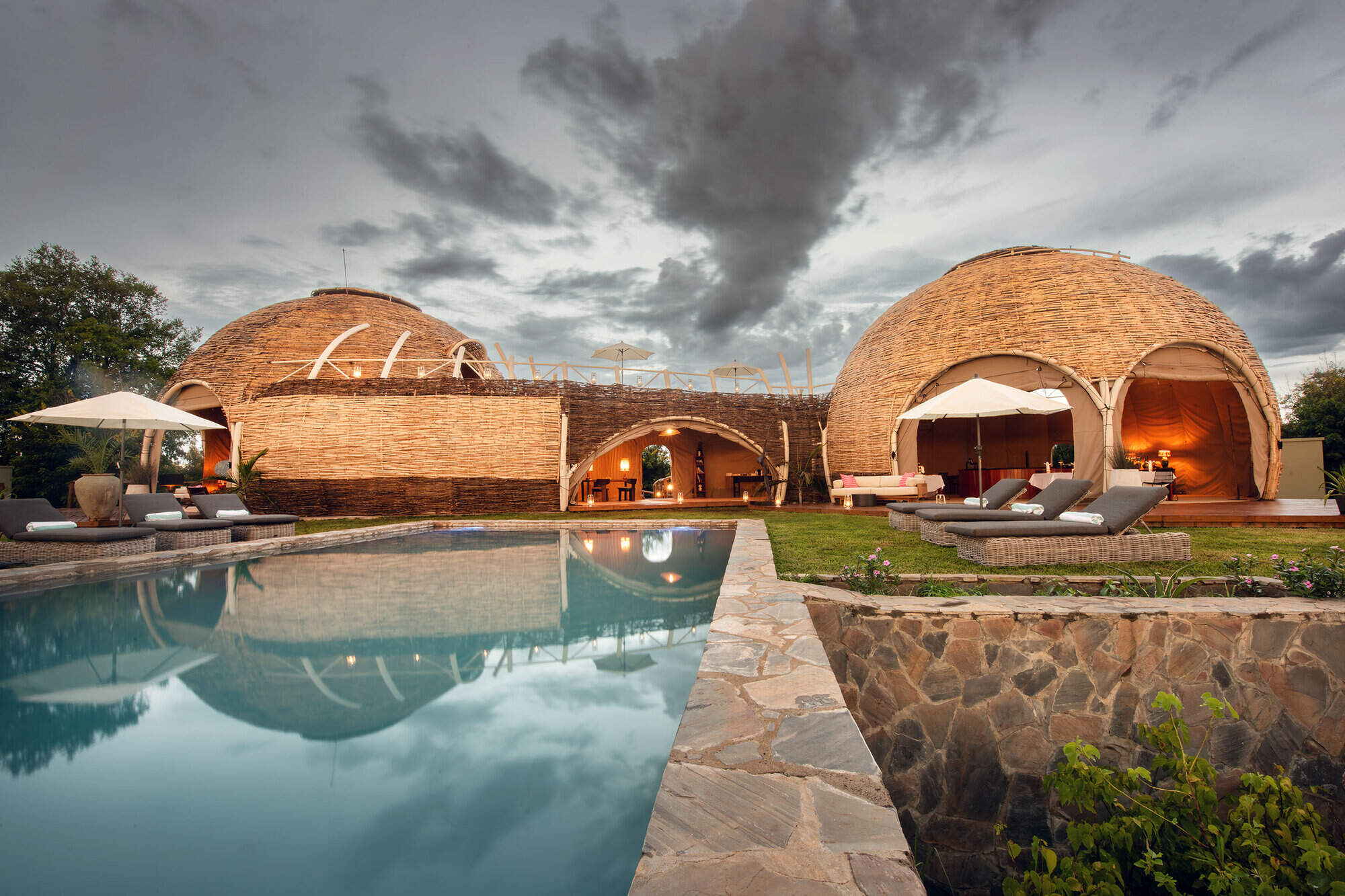
Ila Safari Lodge
Ila Safari Lodge is a comfortable lodge just outside Kafue National Park, with convenient access from Lusaka.
When to go to Kafue National Park
Our month by month guide: What it's like to visit Ntemwa Busanga Camp in Kafue National Park
Jan
Feb
Mar
Apr
May
Jun
Jul
Aug
Sep
Oct
Nov
Dec
Kafue National Park in January
January marks the peak of Kafue National Park's wet season. Expect frequent heavy downpours, often lasting for hours, punctuated by brief sunny intervals. The mercury soars above 30°C/86°F, accompanied by high humidity.
The park's landscapes are verdant and lush, with crystal-clear air. However, the abundance of water causes wildlife to disperse, and thick vegetation can hinder sightings. Migratory birds boost the park's avian diversity. Many areas of Kafue become inaccessible as seasonal rivers flood and dirt roads turn impassable. Only a few lodges, near all-weather roads in the centre of the park, remain operational. Visitor numbers are low, and accommodation options offer their most competitive rates.
- Wet season peak: frequent showers, steamy conditions
- Most lodges shut, verdant scenery ideal for photos
- Wildlife scattered, challenging to spot in thick foliage
- Minimal tourists, budget-friendly rates available
- Lush greenery dominates the landscape
Our view
This is not a great time to visit
Weather in January
Kafue National Park in February
February continues the wet season trend in Kafue National Park. Dramatic thunderstorms deliver brief but intense rainfall most days, interspersed with clear, sunny periods.
The park remains awash with water, dispersing wildlife and limiting access to certain areas. Dense vegetation restricts game viewing and walking safaris, but swollen rivers allow for unique boating experiences in some parts of the park. As the month progresses, water levels in the park's rivers begin to rise noticeably. The few operational camps continue to see low visitor numbers and offer reduced rates.
- Continued wet season: daily downpours, muggy atmosphere
- Majority of safari lodges and camps closed for the season
- Verdant surroundings, but wildlife sightings limited
- Rivers in flood and excellent for bird-watching
- Scarce visitors, economical pricing for adventurers
Our view
This is not a great time to visit
Weather in February
Kafue National Park in March
March signals the final month of Kafue's rainy season, with heavy showers still common. Water levels peak, making navigation within the park challenging. Daytime temperatures consistently exceed 30°C/86°F, with rain-induced humidity remaining high.
Most camps are still closed, and thick vegetation continues to limit wildlife viewing and walking safaris. However, this is a prime time for observing animals with their young, and predator activity can be high. The combination of clear air and increasingly frequent blue skies creates excellent conditions for photography. Birdwatching remains exceptional as migratory species prepare for their winter journey.
- Wet season climax: regular showers, high humidity
- Abundant newborns, but animals hard to spot in greenery
- Few tourists, low-season rates at lodges
- Lush vegetation persists across Kafue
- Most lodges remain closed
Our view
This is not a great time to visit
Weather in March
Kafue National Park in April
April marks a transition in Kafue National Park as the rains shift from intense downpours to lighter, sporadic showers. The landscape remains lush and green, but large wildlife sightings are still limited.
Most safari camps still remain closed; only those central camps near all-weather roads have reliable access. The park's rivers and wetlands are at their fullest, creating a picturesque setting. Despite improving conditions, game viewing can still be challenging due to the dense vegetation.
- Rainy season waning: occasional showers, humid days
- Many bush roads are still impassable
- Verdant scenery continues, wildlife viewing improving
- Most safari camps and lodges remain closed
- Low visitor numbers; attractive low-season rates
Our view
This is not a great time to visit
Weather in April
Kafue National Park in May
May typically heralds the start of the dry season in Kafue. While occasional showers may occur, most days are clear and sunny. As winter approaches, temperatures begin to drop, with daytime highs around 26°C/79°F.
The drying landscape improves access throughout the park, and some camps reopen – though access across the Busanga Plains remains challenging. Standing water is still prevalent, but game viewing noticeably improves as the vegetation thins. The month's end can be popular with visitors taking advantage of pleasant weather, better wildlife sightings, and the last of the low-season rates at many camps.
- Dry season onset: clearer skies, pleasant temperatures
- Many safari camp and lodges now operational
- Landscape still green, excellent for photographers
- Wildlife sightings improving as vegetation thins
- Final month for off-season lodge rates
Our view
A good time to visit, with pros & cons
Weather in May
Kafue National Park in June
June in Kafue National Park sees virtually no rainfall and a high likelihood of consistently sunny days. Humidity drops significantly, and winter's approach brings cooler temperatures, with nighttime lows around 10°C/50°F and daytime highs of 25°C/77°F.
The landscape remains relatively lush, but thinning vegetation greatly enhances visibility for game viewing. The park's rivers and wetlands start to recede, leading more wildlife to appear around the remaining water sources. Even the camps on the Busanga Plains are usually operational by June. Some still offer shoulder season rates, whilst others begin charging peak season prices.
- Consistently sunny days, cooler nights setting in
- All Kafue lodges open and welcoming visitors
- Wildlife viewing noticeably better, animals more visible
- Lovely conditions for walking safaris in Kafue
- Almost all tracks now passable, even on the Busanga Plains
Our view
A very good time to visit
Weather in June
Kafue National Park in July
As the dry season progresses in Kafue, vegetation continues to thin and water becomes scarcer. Wildlife begins to cluster around major water sources, improving game viewing opportunities.
July marks the heart of winter, with daytime temperatures in the 20s Celsius/70s Fahrenheit , but nighttime lows can drop to single digits. Early morning and late evening game drives can be particularly chilly, with camps often providing blankets and hot water bottles. Visitor numbers increase significantly, and popular small camps can fill up quickly. Properties now charge high season rates. The floodwaters in the Busanga Plains have receded to the north, opening up further areas for exploration.
- Warm days, chilly nights: bring layers for comfort
- Wildlife congregating near water sources, easier to spot
- Walking safaris popular, vegetation less dense
- End-July is the start of the busy season
- Lodge and camp rates now at peak season rates
Our view
A very good time to visit
Weather in July
Kafue National Park in August
By August, Kafue's vegetation has significantly thinned and wildlife congregates around remaining water sources, offering excellent game viewing opportunities. Rain is rare, with sunny days almost guaranteed, though dust and smoke can create a haze on the horizon.
Temperatures climb into the 20s Celsius/70s Fahrenheit the day, but dip below 5°C/40°F during nights which feel very cold. Warm clothing (hats and gloves!) is essential for morning and evening activities. One of the most popular months to visit Kafue so safari camps charge peak rates and availability can be limited, especially in sought-after locations.
- Very dry conditions, warm days but cold nights
- Excellent wildlife viewing
- Slight haze may affect long-distance photography
- Perfect weather for walking safaris in the park
- Peak season: lodges at high season rates
Our view
Fantastic: the very best time to visit
Weather in August
Kafue National Park in September
September is arguably the prime time to visit Kafue National Park. Rainfall is virtually non-existent, humidity is low, and temperatures begin to rise. Morning game drives become more comfortable with daytime highs typically in the low 30s Celsius/80s Fahrenheit; nights are less bitter.
Water scarcity concentrates wildlife around remaining sources, providing excellent viewing opportunities and increased chances of inter-species interactions. The wildlife on the Busanga Plains reaches its zenith as safari camps charging peak rates are often full – often having been booked up well in advance. A noticeable haze can affect distant views and photography.
- Dry, hot days with clear skies and mild nights
- Prime time for wildlife viewing in Kafue
- Often dense wildlife on the Busanga Plains
- Dusty conditions may create hazy landscapes
- High season continues, lodges often fully booked
Our view
Fantastic: the very best time to visit
Weather in September
Kafue National Park in October
October sees Kafue at its driest, with the landscape appearing barren and brown. Occasional showers may occur as the promise of the wet season looms. Temperatures can soar above 40°C/104°F during the day, rarely dropping below 20°C/68°F at night.
A smoky, dusty haze can be seen in distant photographs, even obscuring the horizon. The scarcity of water leads to great competition at remaining sources, with excellent opportunities to observe predator-prey interactions. Game viewing is at its peak, though the animals are feeling the stress of the dryness. Most smaller, more remote camps, and all of those on the Busanga Plains, close at the end of October.
- A prime month for wildlife viewing
- Lots of ‘fishing parties’ of birds feeding in drying pools.
- Very hot days and nights, rain unlikely
- Landscape increasingly dusty and harsh
- Hazy conditions may impact photography
Our view
A very good time to visit
Weather in October
Kafue National Park in November
November typically marks the transition from dry to wet season in Kafue – which makes this month unpredictable. Temperatures remain high and humidity builds until it rains. Spectacular thunderstorms then increase in in frequency later in the month, triggering rapid green growth.
Wildlife begins to disperse as water becomes more readily available. Increasing numbers of migratory birds arrive and antelope species gathering for calving. Most more remote camps are closed, including those on the Busanga Plains; camps remaining open reduce their rates. With the rains comes crystal-clear air – perfect photographic conditions.
- Transition from dry to wet season begins
- Wildlife viewing declines as animals disperse
- Landscape turns green, everything comes alive
- Clearer air means better photographic conditions
- Lodge rates decrease; most safari camps close
Our view
A good time to visit, with pros & cons
Weather in November
Kafue National Park in December
December usually sees Kafue fully in the grip of the wet season. Heavy thunderstorms occur on most days, interspersed with sunny periods. Temperatures begin to drop but still exceed 30°C/86°F during the day, accompanied by high humidity.
The rainfall transforms the landscape, encouraging lush vegetation growth. While wildlife remains in the park, sightings become more challenging due to the thick foliage and dispersed animal populations. Many areas become difficult to access, and all but a few centrally located camps close for the season. Open camps offer their lowest rates. The rains clear the air, restoring vivid blue skies that delight photographers.
- Rainy season in full swing: hot, humid, wet days
- Wildlife harder to spot as vegetation thickens
- Many Kafue lodges close; others offer low-season rates
- Green landscape and clear air perfect for photography
- Many birds in breeding plumage
Our view
This is not a great time to visit
Weather in December

Looking for inspiration on where to travel next?
Visit our trip chooser to explore your options and find inspiration for your perfect African adventure
Inspire me
